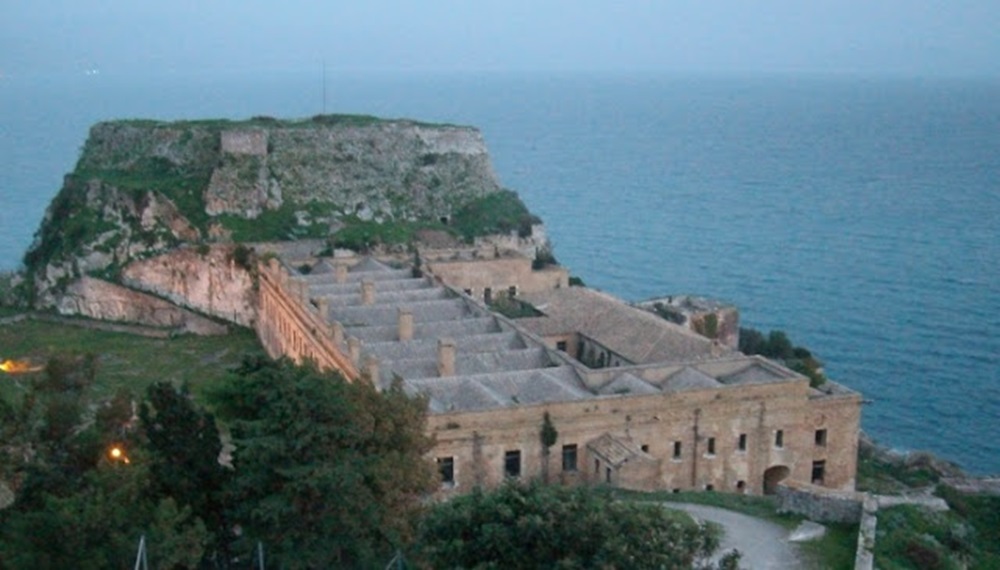
The Ministry of Culture is proceeding – in the framework of a research project in cooperation with the National Technical University of Athens – to investigate the cultural uses and restoration of the British Hospital in the Old Fortress of Corfu.
The aim of the project is to investigate and document the contemporary architectural and structural condition of the building, in the context of its historical transformation, the formulation of immediate protection measures, the formulation of strategies for its restoration and reuse with cultural uses in the complex monumental environment of the Old Fortress of Corfu and finally the formulation of a proposal for its restoration.
The research project has two phases. The first includes the identification and documentation of the monument with regard to its architecture and construction, the load-bearing structure and its pathology, as well as the strategic investigation of the integration of cultural uses and the formulation of alternative architectural guidelines for the restoration and promotion of the building and its surroundings. The immediate protection measures will also be formulated. The second phase will include, inter alia, the design of the proposed cultural uses for the British Hospital and its surroundings and a strategy for managing the uses in relation to the wider setting of the fortress.
The British Hospital was built during the English occupation for the care of the British army. The building is symmetrically developed, with innovative construction technology for its time, which is characterized by austerity and austerity. During the First World War it was used by the English and their allies for the care and transport of wounded. In 1940, the administration of the hospital was handed over to the Greek army. A year later, with the surrender of the island to the Italians, it was used as a military hospital and headquarters for the occupying forces. Its backyard was used as a place of execution, and Italian records of the time indicate that some rooms of the hospital were used as torture chambers for suspects and members of resistance organisations. The hospital was burnt down in the German bombing of 14 September 1943, and after the end of World War II it was renovated by the Greek army, with the aim of reopening it as a military hospital. Eventually army services were installed and in the following years it operated successively as a reserve officers’ school, a recruit training centre and an administrative building, until the early 1980s, when it was abandoned. Today, the building is owned by the Ministry of Culture, which designated it as a Newest Monument in 2020.

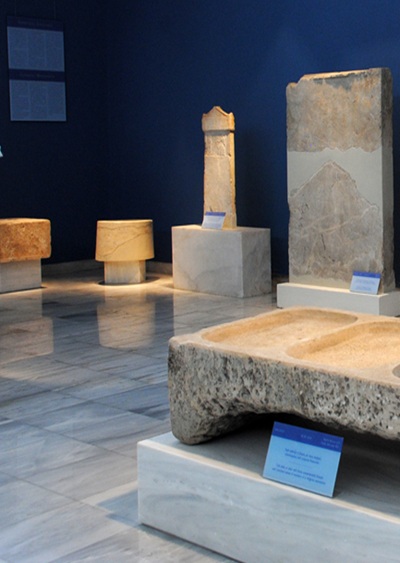
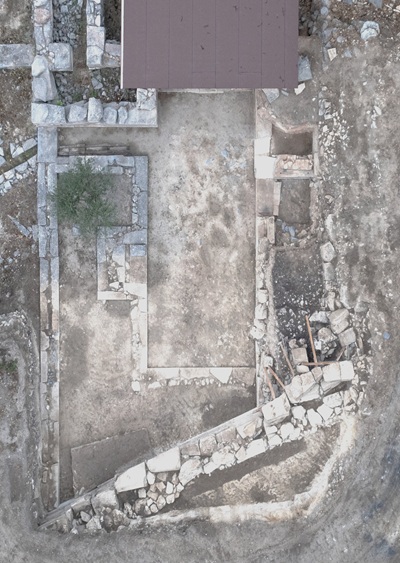
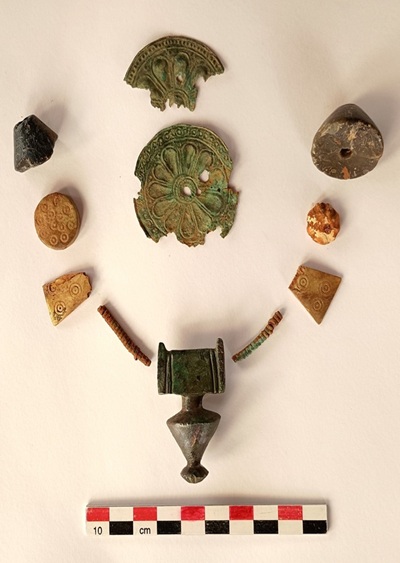
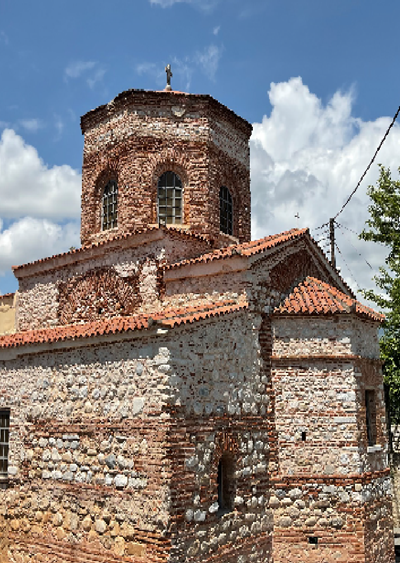


Leave A Comment